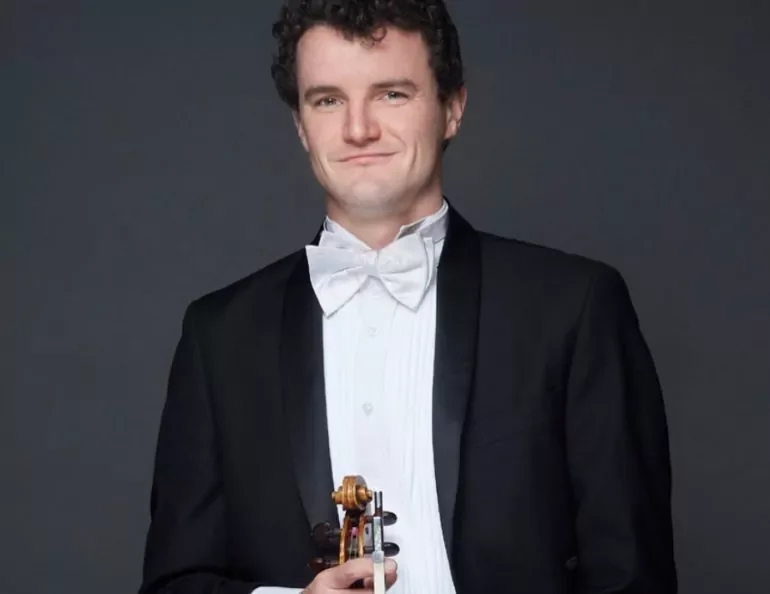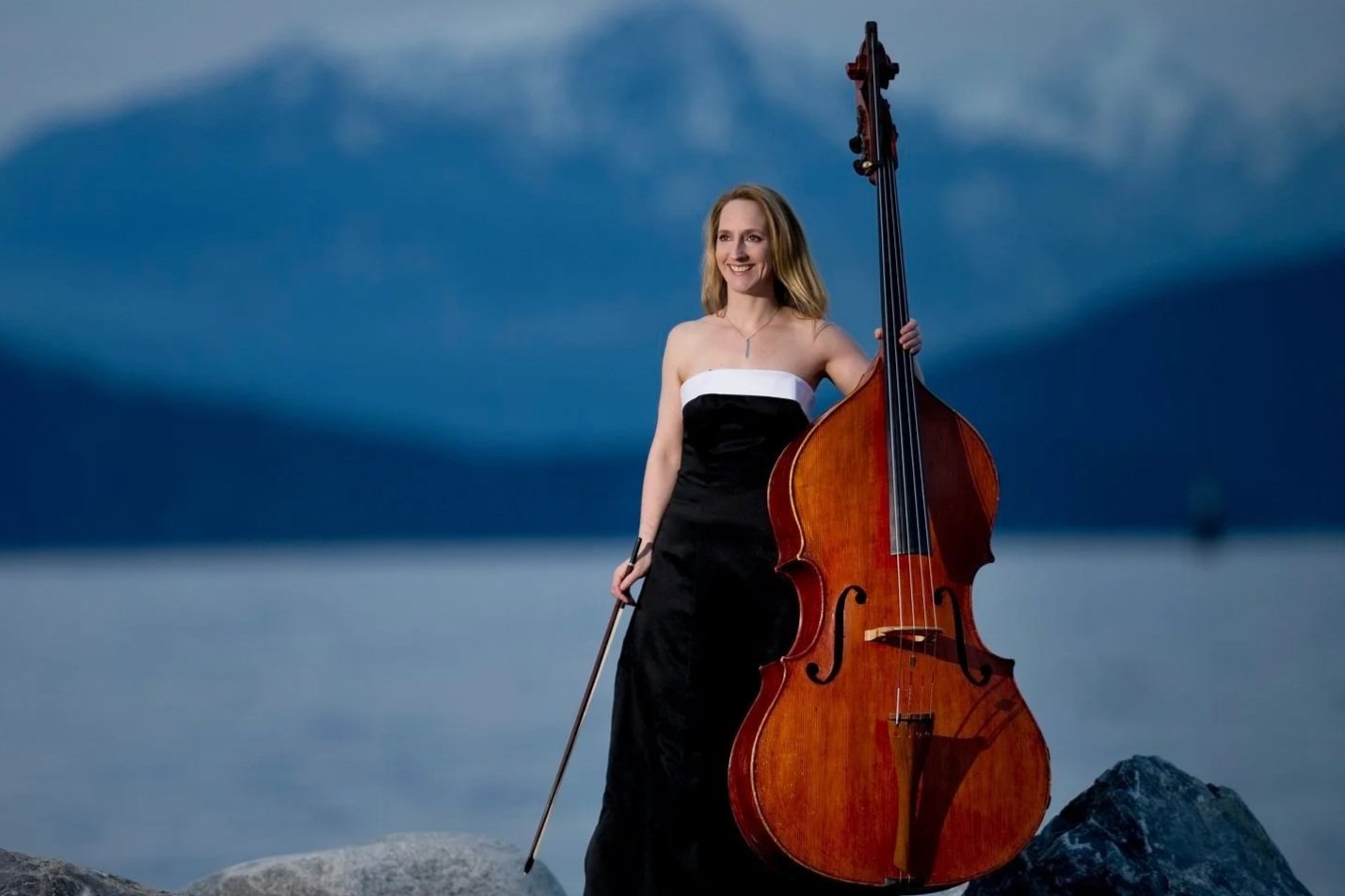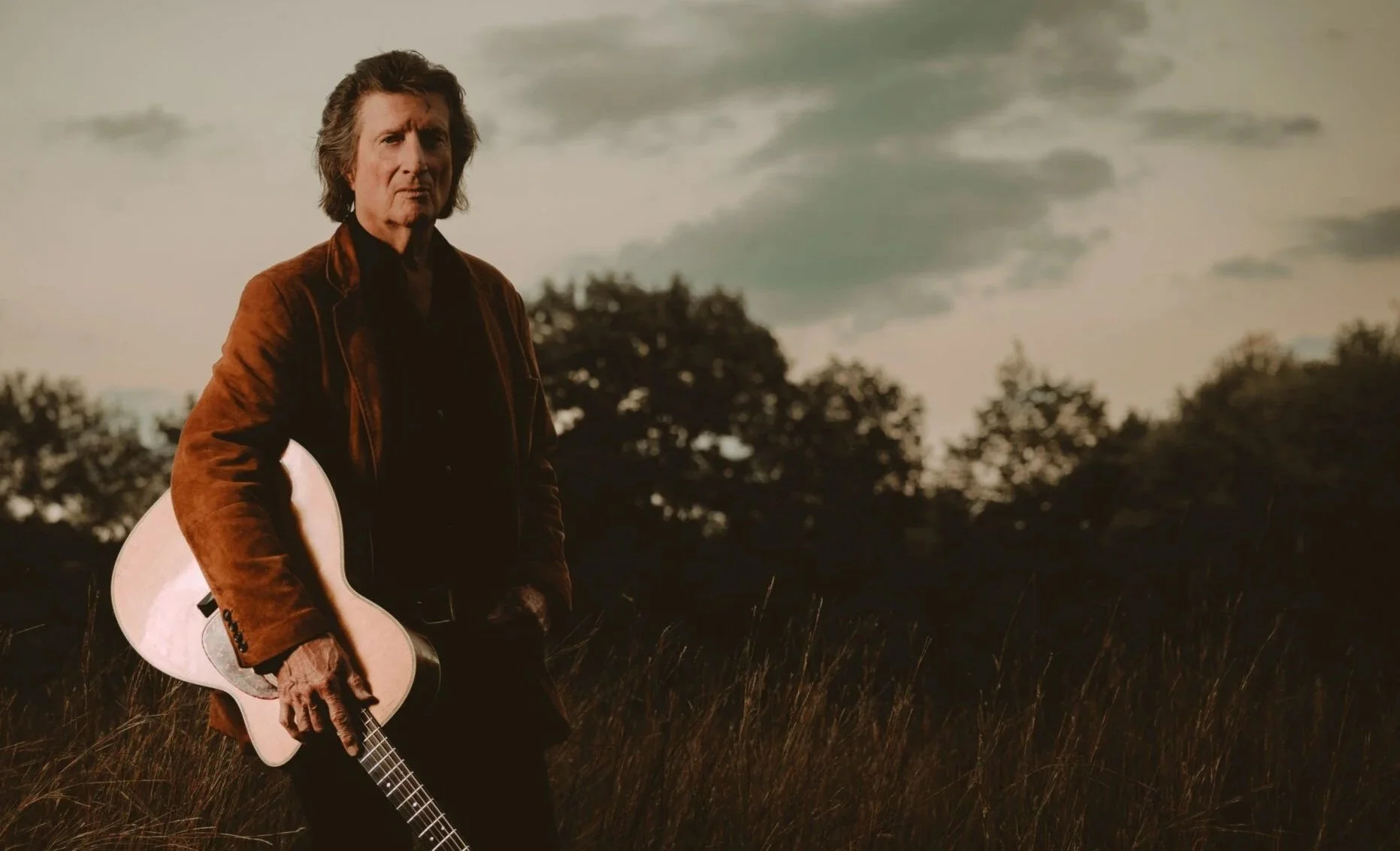Amir Amiri brings a global spirit to the sounds of his Persian forebears
The santur virtuoso says his ensemble’s unique chemistry goes beyond its beautiful sounding instruments
The Chan Centre for the Arts presents the Amir Amiri Ensemble in an online concert on January 29 at 7 pm. Available on demand to May 31
IT MIGHT SEEM surprising, but one of the most profound influences on Amir Amiri’s music comes from the sunny Caribbean—although it might not be readily audible on first hearing.
When the Iranian-Canadian santur master first arrived in this country in 1996, he knew he was going to have an intercultural experience at the Banff Centre for the Performing Arts, then known as a hotbed of artistic exploration. But he didn’t realize that the Alberta institute had recently held the Afrocubanismo! festival—a groundbreaking celebration of Afro-Cuban music and culture—and that its repercussions were still swirling around the scenic mountain campus.
“I’d heard this kind of of music before,” Amiri explains in a telephone interview from his Montreal home, “but feeling something, and hearing and seeing it… That’s another story. That was absolutely fantastic, and it was a beautiful experience. I feel very grateful to have had that experience as my entrance to Canada. My whole being is filled with gratitude, to have come here and been right in the middle of the arts from all across the planet. I felt like a kid in a candy store, basically.”
Amiri adds that while there are things he’s sad to have left behind in Tehran, he would not have been able to make the music he’s making now if he hadn’t joined the thousands of Iranian artists who have sought cultural and political freedom around the globe. “Travelling allows you to come out of your own box and go in different boxes,” he says with a warm chuckle.
Nonetheless, Amiri and his ensemble of Iranian-born virtuosos will not be playing charanga music or son cubano when they present an online concert from the Chan Centre for the Performing Arts this Friday (January 29). They’re working within the sonic structures laid down by generations of their Persian forebears, using typical Persian rhythms and modal structures, and expressing the refined and poetic sensibility typical of Persian classical music. But their spirit is expansive, as befits a band led by a performer whose instrument might have originated in Central Asian but whose reach is now global.
The santur is a sophisticated hammered dulcimer, played with delicate hand-held strikers and possessed of a shimmering, silvery sound. Its close relatives the santoor and yangqin are popular in North India and China, respectively; moving west, its larger cousin the Hungarian cimbalom eventually gave birth to the harpsichord and piano, which are essentially semi-mechanized hammered dulcimers. Simpler folk variations on the theme are used in idioms as disparate as contradance music from New England and gamelan from the Indonesian archipelago.
Photo by Nathaniel Huard
It might be natural, then, that Amiri is drawn to a wide-ranging view of music’s potential. It is possible, definitely, to hear the impact of western music in his compositions; he says an appreciation of contemporary classical music was another gift that he received from the Banff Centre, and credits the late Hugh Fraser, a Banff faculty member and Vancouver jazz legend, with teaching him European harmony and counterpoint. In an online solo concert sponsored by Toronto’s Aga Khan Museum, he can be heard exploring European harmonies in ways that are quite radical within an Iranian context, and it’s not by happenstance that his quintet includes European as well as Iranian instruments.
His decision to pair Omar Abu Afech’s viola with Reza Abaee’s ghaychak is likewise well considered, both in terms of the sonic potential of the two bowed instruments and the cultural message it sends. The little-known ghaychak, Amiri explains, represents a link to the folk traditions of Central Asia: it’s used in rural areas or Baluchistan, Pakistan, and North India, and is a relatively new arrival to the pantheon of Iranian classical music. But he adds that it also plays well with its western cousin.
“Persian music is very top-heavy, like with the santur being very high-pitched and the [violinlike] kamanche being very high-pitched,” he says. “There’s a lot of high-pitched instruments, and I think the ghaychak, it just totally grounds the music. Viola and ghaychak, they just cover that midrange beautifully, and make it a fuller and grounded sound.”
Ultimately, though, Amiri says he’s chosen the members of his ensemble—which also includes Sardar Mohamad Jani on oud and Hamin Honari on percussion—not because of the instruments they play, but because of who they are.
“Each of them are very good at what they do, and good people,” he notes. “I had a very very great teacher, a famous musicians in Iran, and they asked him once ‘How is it that your band, your ensemble, sounds so good? There are other ensembles with the same group of instruments, but they don’t sound the same.’ And his response was ‘Well, the first thing is that if you tune your hearts together, then the instruments will tune themselves.’
“It’s a bit of an out-of-reach idea at first, maybe,” he adds. “But what that means to me is that if you respect each other, if you like each other, then you’re open to each other. Therefore the music sounds better—and that is the most important part of music-making for me, today.”














Beloved Mozart work features fantastical characters and a killer Queen of the Night aria